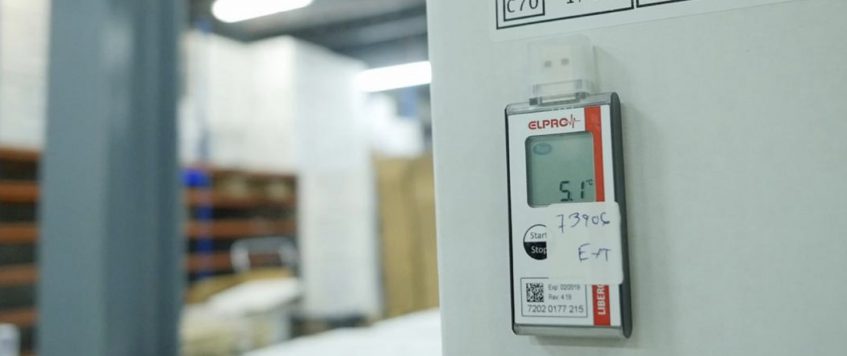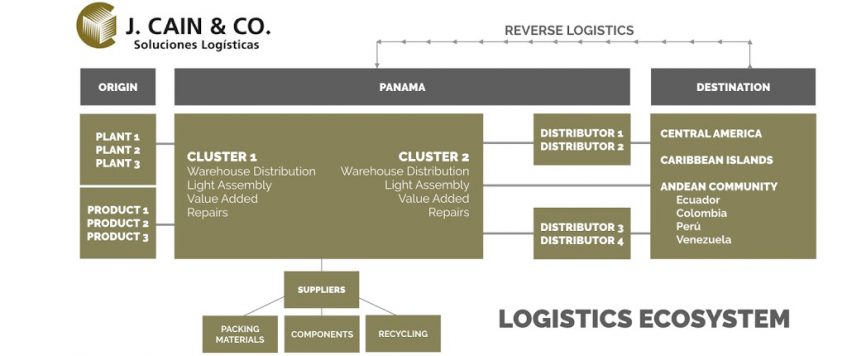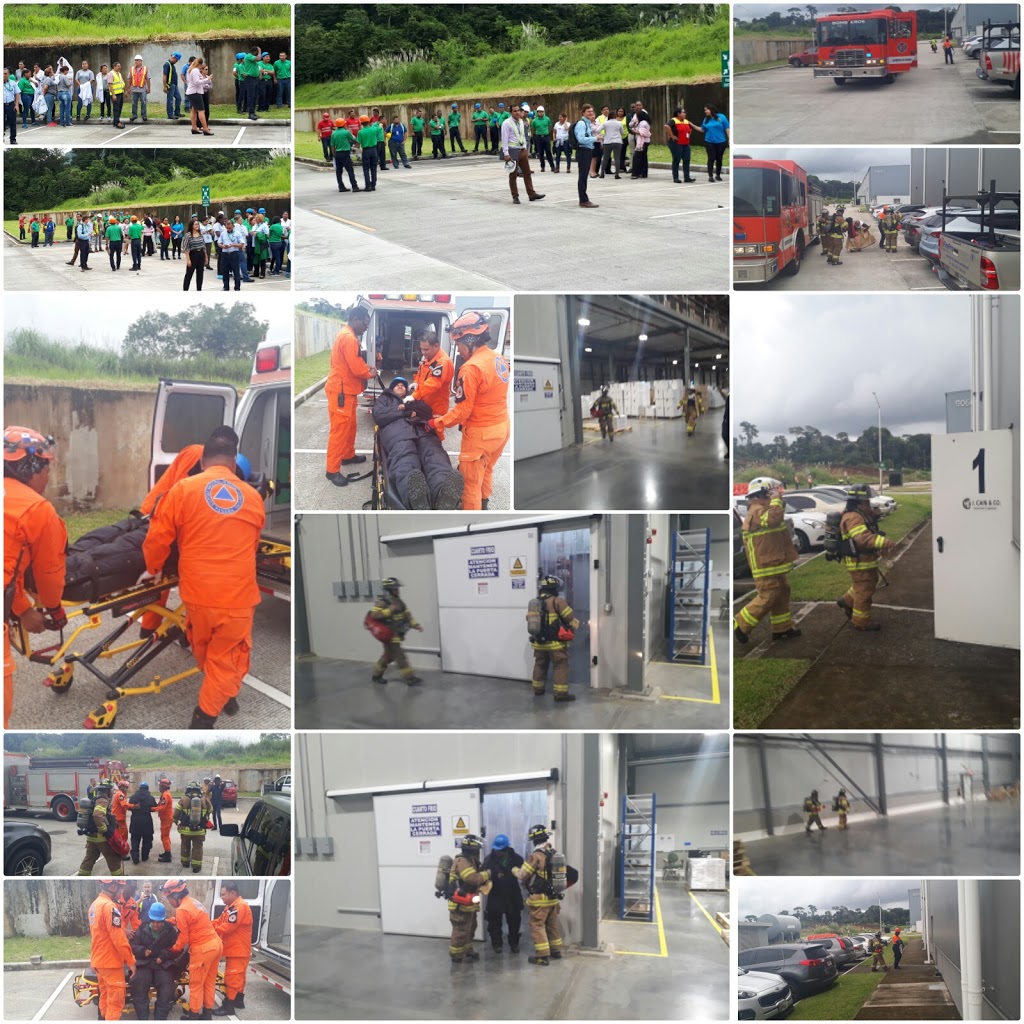Warehousing Reliability in Temperature Controlled Industries
More often than not, when evaluating an end to end supply chain, companies consider their temperature control requirements as a given. Within several industry standards in the healthcare, perishables, food and others, common temperature ranges such as 15°C-25°C, 2°C-8°C, -20°C are found.
Under Panamanian law, decree 197, Panama is considered a Zone 4b region. This signifies a very humid, tropical climate. With temperature averages between 28°C – 33°C and relative humidity averaging 75% with spikes up to 90%, having truly reliable infrastructure and monitoring for warehousing is key for our customers.
Redundancy is a key concept when evaluating the best way to operate around these conditions, both on the infrastructure and monitoring levels. J. Cain & Co. targets infrastructure reliability through several proactive and preventive measures.
Considering installing twice the capacity required to maintain specific temperature ranges in our temperature-controlled facilities.
Operationally this translates for example, to a cold room which will have two refrigeration units installed, but based on our validation protocol, the cold room is validated to operate and maintain 2°C-8°C with just one operating unit. This is applied to all our key critical warehousing areas.
Back-up generation is another key concept in redundancy and reliability. All J. Cain facilities have validated back-up generators installed. For areas with quick variation times, where temperatures will be impacted more quickly, such 2°C-8°C or -20°C, a second back-up generator is installed and in-place.
The other side of reliability is monitoring.
A true logistics operator and partner must not only guarantee on an operational level, but also on a consistent monitoring level.
J. Cain utilizes a certified program for live monitoring 24/7. Through more than 100 sensors installed in our critical areas based on a mapping process, we are one-click away from visualizing current temperature information, historical data, and operational system status.

This system is also configured to alert via e-mail any pre-alarm or alarm based on the solicited standards. In addition to this program, audio-visual alarms are installed in the facility, which, through an independent monitoring system, generate alarms based on predetermined guidelines.
Finally, and more critically, a third-party service provider monitors our facilities 24/7 through another independent monitoring system. This service generates phone-calls to a predetermined list of personnel who are qualified in defining next steps based on our business continuity plan. In addition to all these reliability and monitoring tactics, manual tests are placed in strategic areas throughout our temperature-controlled facilities for validation in-case needed.
So, what occurs if everything goes wrong?
A well-developed business continuity plan must be in place. J. Cain relies on its well-trained multi-disciplinary teams to act quickly if required. Combining cold chain experts, quality and maintenance personnel, we are prepared and trained to act quickly and diligently if everything else goes wrong. This allows our customers to rest assured, that their valuable regional inventory is in good hands.
Ecosistema Logístico
Panama throughout its history has stood out as a distribution center, the transit route by nature, t
Simulacro de Evacuación por Sismo
J. Cain, in compliance with its occupational safety and risk mitigation plans, conducted an emergenc
Soluciones J. Cain: E-Commerce Fulfillment Center
J. Cain & Co, the leading 3PL in Panama´s Free Zones, announces its new E-Commerce Fulfillment



